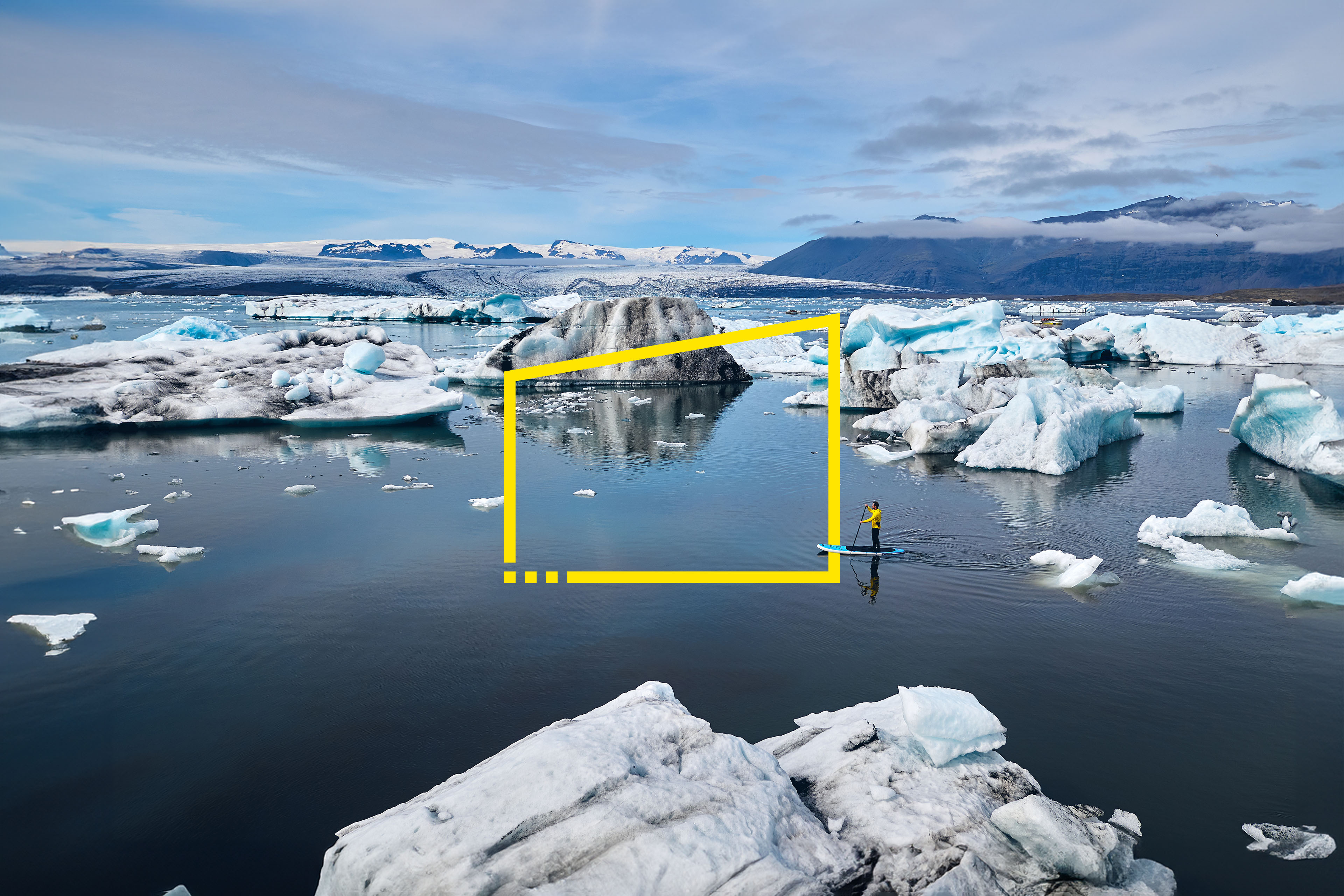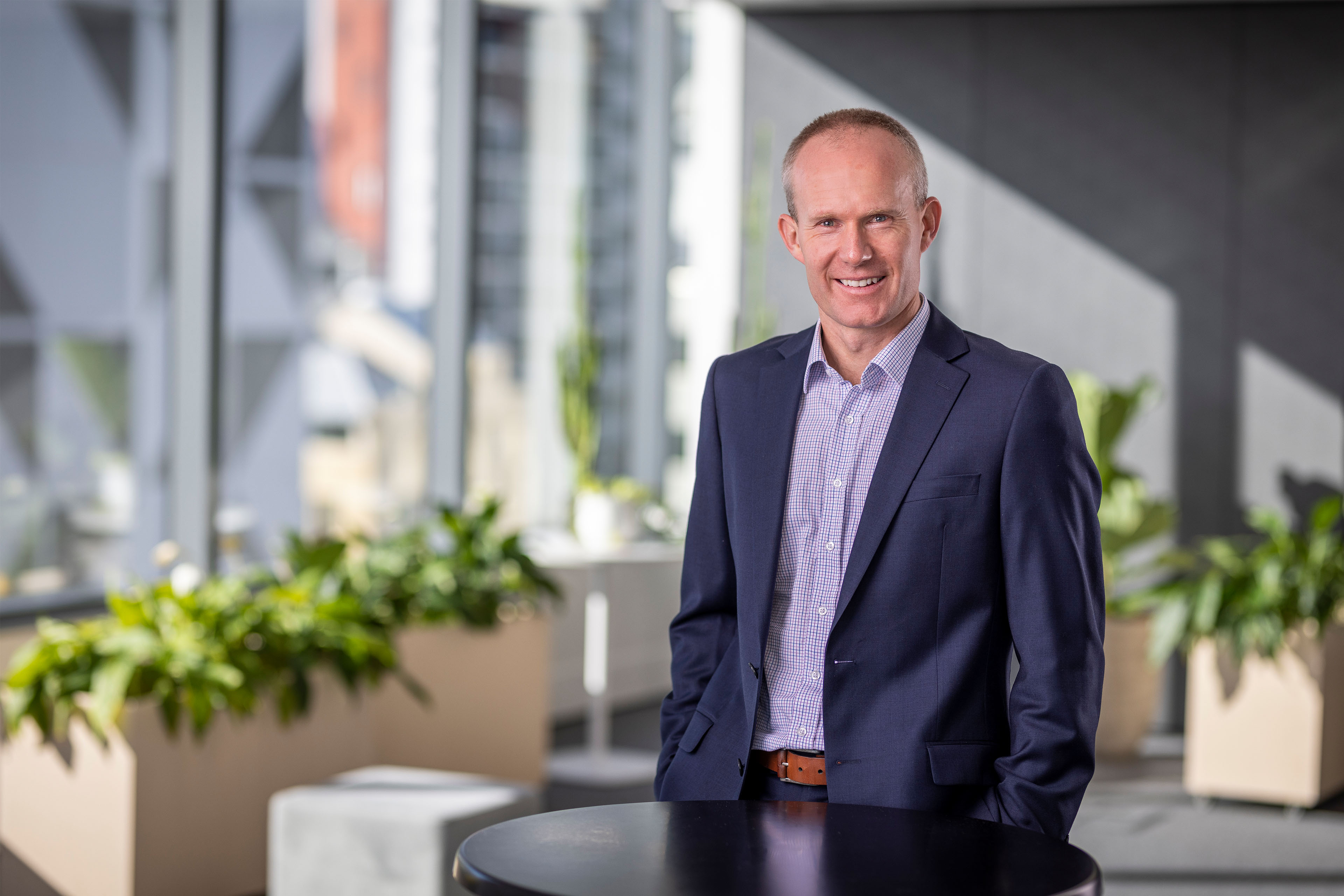EY refers to the global organization, and may refer to one or more, of the member firms of Ernst & Young Global Limited, each of which is a separate legal entity. Ernst & Young Global Limited, a UK company limited by guarantee, does not provide services to clients.

Turning the tide on global warming will take every sector of society playing its part, especially the business community.
When New Zealand signed up to the Paris Agreement, a world-leading international treaty to reduce net carbon emissions, the target year of 2030 looked far away.
The thinking is if we reduce our emissions enough by then, global warming should be limited to 1.5 degrees celsius, thus avoiding catastrophic, irreversible environmental consequences.
Now, in 2023 – eight years after signing in 2015 – we’re over halfway to that looming deadline.
Prageeth Jayathissa is general manager of sustainability for Auckland lines and energy company Vector. His mission is getting Vector to net zero emissions by 2050 – not just the company’s own emissions, but its ecosystem of customers and suppliers, too.
It’s also a personal mission. He chooses not to own a car, catches the train when he needs to travel to Wellington – and forget flying to Europe.
“Every time I jump in someone's car, I record how many kilometers that person drove me,” he laughs. “And then I divide by the number of people in the car, and that's my contribution to that particular trip.”
Matt Cowie, a partner in climate change and sustainability services at EY New Zealand, says a company having climate goals but not keeping track of their own climate data in order to measure progress is laughable.
Cowie draws a comparison: “You’re no longer going to have any sort of financial reporting inside your organisation, and you’re not going to produce an annual report, and then you’re going to try and be profitable.”
He says there are many companies in New Zealand that don’t have the reporting systems in place to know what their climate position is, let alone know what their future climate risk might be. Many of these organisations don’t see how much their financial strategy and their climate strategy can overlap.
But increasingly, these two spheres are colliding. New Zealand is the first country in the world to force its largest companies and financial institutions to compile annual reports on their climate-related risks within four months of the end of their financial year, a legislation change that will affect around 200 organisations, including BNZ.
BNZ has been measuring its operational emissions since 2010, and has been carbon neutral ever since. BNZ chief sustainability officer Rebekah Cain explains that from 2025, the bank will be required to include not just its own operational emissions – like those from a manufacturing plant or a company car – but also emissions from the bank’s suppliers and customers.
Those emissions – termed ‘scope three’ under the new legislation – are around 700 times what BNZ’s operational emissions are, Cain explains.
“If you have a house that’s worth $1 million, and you have a $800,000 mortgage on that, we are responsible for 80% of the emissions that you create in your energy consumption and other ways that you live within that house. And we have to report on those as being our BNZ emissions,” she says.
The quantum of data needed to make these calculations is enormous – no two houses will have the same emissions profile. Cain says BNZ is focusing on how to identify where that data is.
Helping businesses make the leap to climate data monitoring is John Harvey, director at EY Australia and leader of the climate change and sustanability technology stream. He finds it concerning that many large organisations are running their climate data on Excel spreadsheets rather than building staff capability to interpret and report on the data.
“Organisations are incredibly immature from a technology standpoint,” he says.
He says global and national policy progress on climate change, like these new emissions reporting requirements, bring those risks to the forefront.
Meanwhile, Vector is about to go into its third voluntary disclosure on its climate impact. It runs a number of strategic data modelling projects to make projections to inform its reporting: second-guessing the impact of government policy on electricity supply, and thinking about what future Vector customers will be doing in their own decarbonisation journeys, such as electric vehicle uptake.
“What’s happening in the present is quite a simple exercise. It’s what happening in the future – that’s the tough part,” says Jayathissa.
Vector has modeled what its network might look like up to 2050, and has climate change models for weather impacts up to the year 2100.
“There is a reliability service that we provide to consumer. We need to make sure that in the event of disasters – especially in the future when a lot more things rely on electricity, including transporation – that the infrastructure is capable of handling these events.”
Jayathissa says having strong climate strategy is just good business.
“I call it the first rule of organisational change: if a company can’t survive in a low carbon future, it doesn’t have a future.
“The globe has to hit net zero [emissions] by 2050. It’s imperative. As a result, we would expect policy direction to drive towards that, as it has in New Zealand.”
Podcast
Episode 05
Duration
27m 26s


